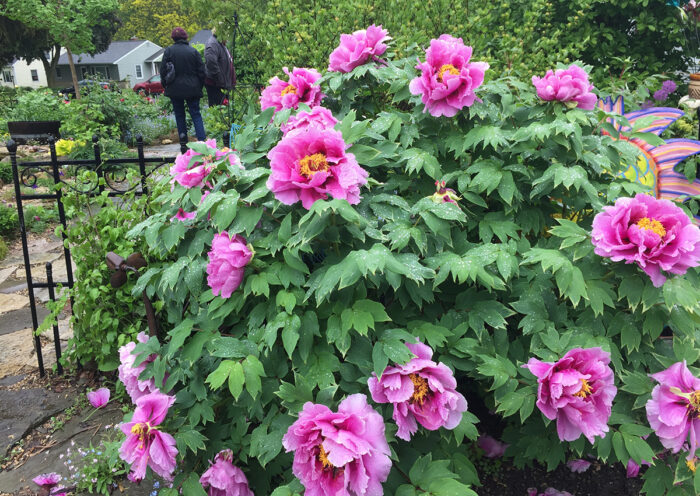
We gardeners in the Northeast are notorious for complaining about the weather, particularly about our cold, snowy winters and what often seems like too-short, too-hot summers, yet this four-season climate does come with some very good benefits. Mainly, we can grow plants that make some Californian or Southern gardeners supremely jealous. Tree peonies (Paeonia spp. and cvs., Zones 3–9) are one prime example of such a plant.
Types of peonies
The most commonly grown peonies are herbaceous peonies, which are perennials that die completely to the ground in autumn. Alternatively, the so-called tree peonies are woody shrubs that can live a very long time once established, and a third type of peony, the intersectional peonies (sometimes also called Itoh hybrids) are crosses between herbaceous and tree peonies. These, like herbaceous peonies, die to the ground once dormant each winter.
Tree peonies are often pricier than more traditional herbaceous peonies and intersectional peonies, so consider them an investment. All are excellent choices, but the cultivars that cost the most are often the showiest. With peonies, you truly get what you pay for.
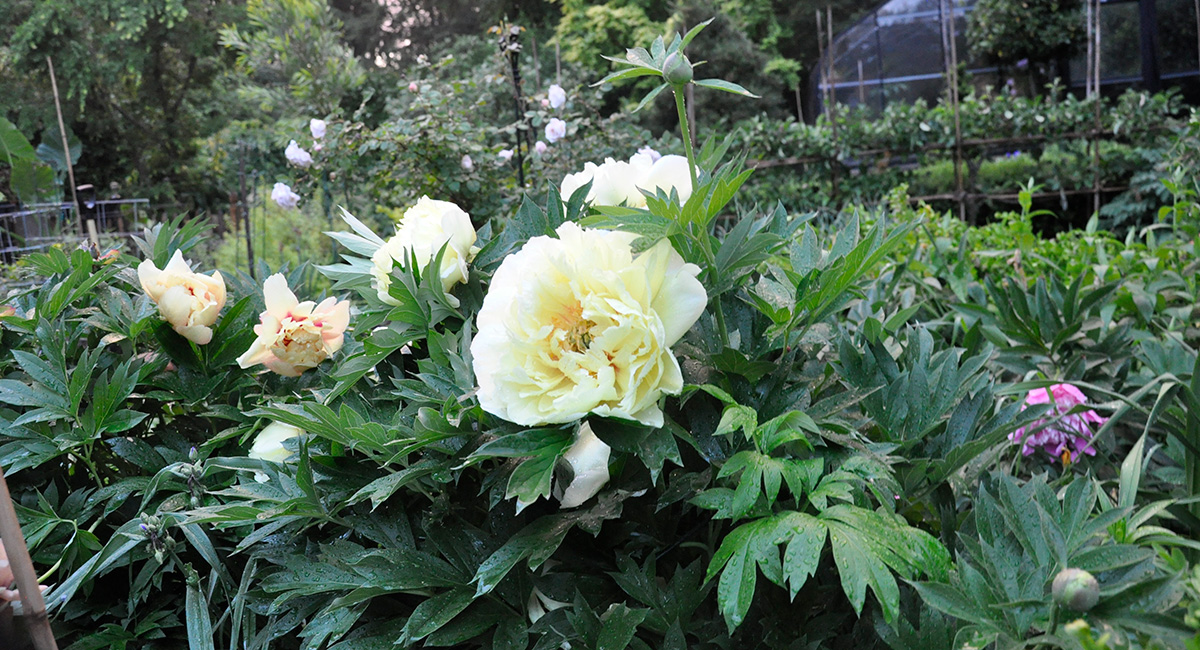
Why tree peonies are a step above the rest
You may wonder why someone would spend so much on a plant that might only be in bloom for one week in the entire year, often in mid to late June. While the blooms of tree peonies are shockingly showy—frilly, colorful, and the size of dinner plates—the foliage and shrubby habit of the plant adds so much to the garden. Tree peonies are certainly a plant that gets better with age, and they do live a long time. Properly sited, they can live up to a hundred years. They add grace as well as unique foliage texture to the garden.

Types of tree peonies
The most commonly available tree peonies are Moutan tree peonies (Paeonia × suffruticosa, Zones 4–9). Many of the available varieties of this cross are centuries old. One classic Moutan tree peony is ‘High Noon’ (Paeonia × suffruticoa ‘High Noon’, Zones 4–9). This cultivar will grow well in the Northeast and make a treasured addition to any garden; however, there many more Moutan selections equally as worthy. Keep in mind that many of the Moutan tree peony cultivars have a Japanese name and an English name and may be referred to as either. For example, ‘Shimane Chojuraku’ (Paeonia × suffruticosa ‘Shimane Chojuraku’, Zones 4–9) may also be called ‘Joy of Longevity’. There can often be some confusion and incorrect labeling in this translation process.
Other peonies sometimes sold as tree peonies are complex hybrids or selections of rather recently introduced species such as Gansu tree peony or Rock’s peony (Paeonia rockii, Zones 4–9). These are often fine garden plants, equally as treasured and valued as any of the more traditional Moutan selections. The third most commonly found group of tree peonies are cultivars derived from the cold-hardy and yellow-flowered Paeonia delavayi var. lutea (Zones 4–8). These are often sold as yellow tree peonies.
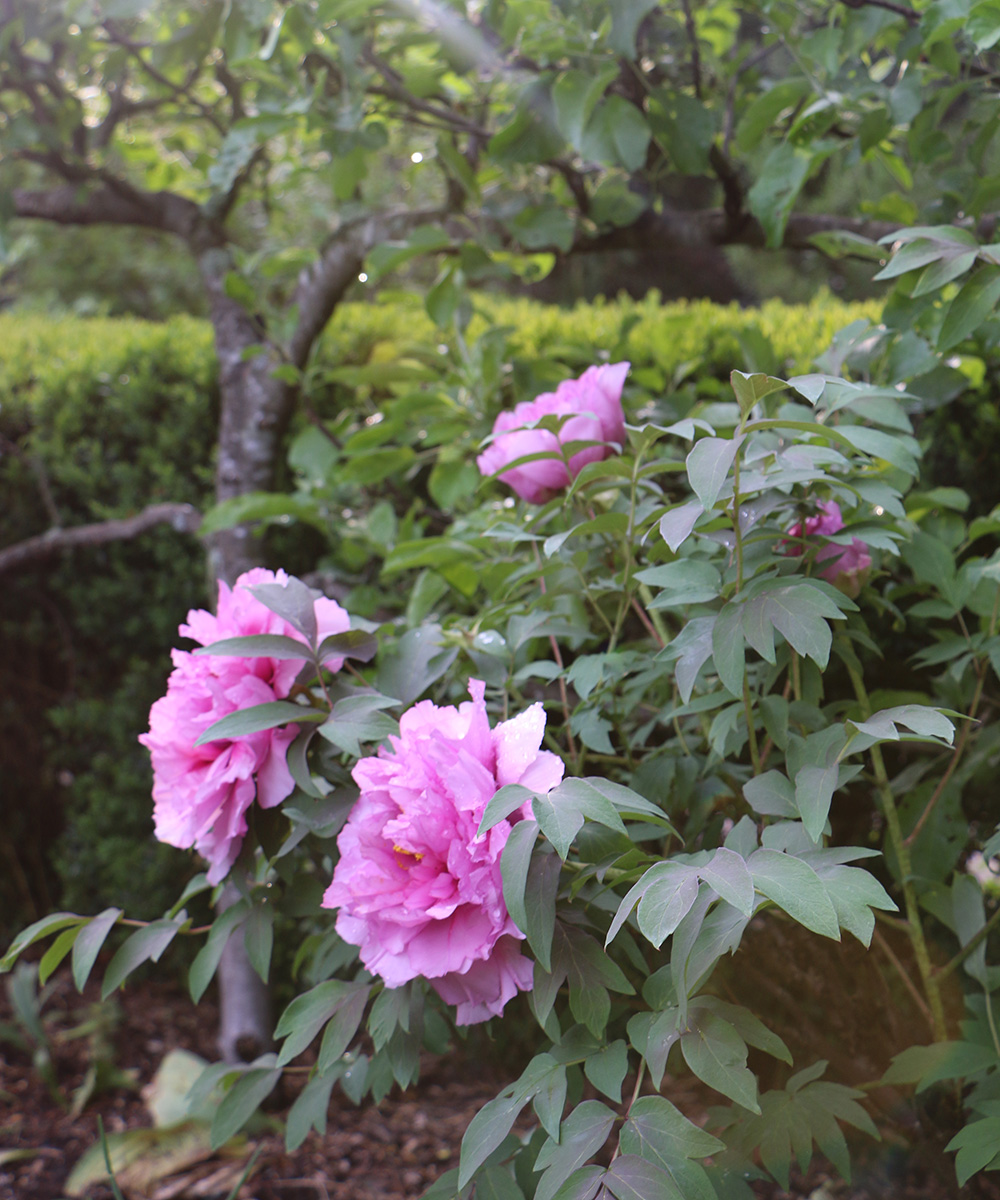
How to grow tree peonies
You will often see tree peonies listed as hardy in Zones 4–9, but this can be deceiving. They really don’t grow well in Zones 8 or 9; they prefer a cold winter. On the other hand, if you live in Zone 4 or 5, it might be best to insulate the base of the plant with straw or mulch over winter. A tree peony grown in the far north will typically never reach the height of one growing in Zone 6 or 7, but in a protected site (such as in a spot with southern exposure near a building or wall), it can still thrive.
Long-term success with tree peonies involves some careful prep work. Digging in compost or manure with lime will help keep them well-fed and happy through their first few years. After that, a dressing of mulch and compost will suffice in early spring. Apply the mulch all along the base and even along lower portions of their stems (as one might do with roses). Tree peonies prefer partial shade, ideally half a day of full sun and half a day of open shade. Rich, fertile, well-draining garden loam is preferred. Most tree peonies will never need pruning throughout their life. If you must prune, clip with care, as flowers only form in buds found on the end of stems.
There are a few fatal errors one can easily make with tree peonies. The first is to plant one too shallowly. You should also avoid planting in areas where the peony might get too wet. Wet feet are by far the greatest killers of tree peonies. Avoid using automatic irrigation systems or overwatering. Lastly, tree peonies resent being transplanted, so be sure to site them wisely.
How to plant tree peonies
In order to get the planting depth right, the graft union should be completely under the surface of the soil. You can recognize the graft union by looking for a swollen point of the stem near the base of the plant. Occasionally a tree peony might be sold growing on its own root system (which is typical with seed-propagated wild species), but this is rare with named cultivars. If in doubt, just plant the entire root ball 4 to 6 inches deeper than it was planted in the nursery pot.
A tree peony can be planted in spring if the plant is already potted up in a nursery pot, but some bareroot plants are also shipped in the fall. Since tree peonies are long-lived and you will likely be living with yours for a long time, look for the best varieties. You generally get what you pay for when it comes to such plants, so try to avoid bargain plants (those in cardboard tubes sold at hardware stores). Instead, turn to specialist growers that only grow peonies, as they will ship you a healthy plant and a good variety shipped at the proper planting time for your zone. One great specialty grower is Peony’s Envy (peonysenvy.com), but there are many others.
There’s a good reason why tree peonies have been so treasured in the Imperial Gardens of Japan for centuries. Adding a tree peony to your garden adds the value that a period piece of well-made antique furniture might add to a living room. I hope you will try one in your garden this year.
For more about peonies, check out:
- Success With Peonies in the Northeast
- Let’s Argue About Plants Podcast: Perfect Peonies
- Dare to Divide Your Peonies
And for more Northeast regional reports, click here.
—Matt Mattus is the author of two books: Mastering the Art of Flower Gardening and Mastering the Art of Vegetable Gardening. He gardens in Worcester, Massachusetts.
Fine Gardening Recommended Products

A.M. Leonard Deluxe Soil Knife & Leather Sheath Combo
Fine Gardening receives a commission for items purchased through links on this site, including Amazon Associates and other affiliate advertising programs.


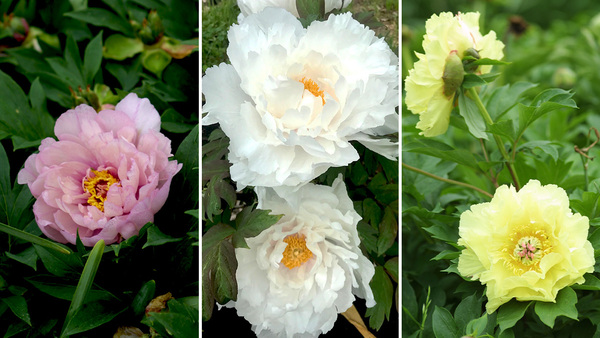
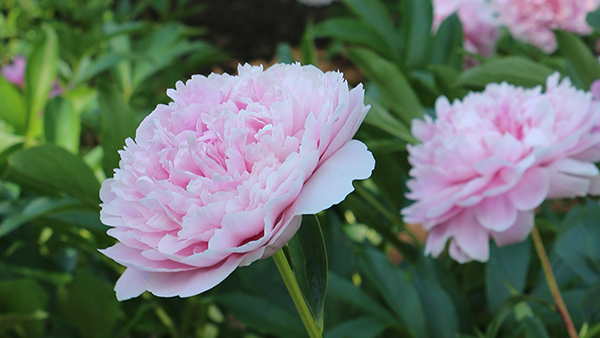
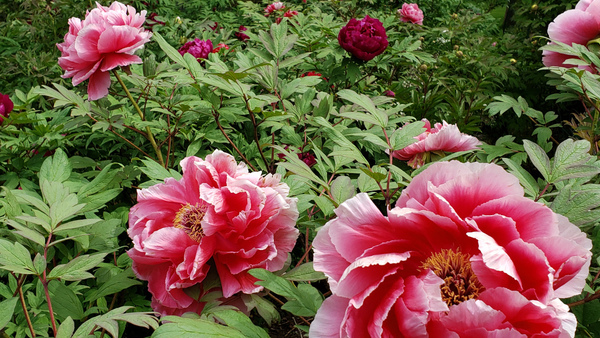
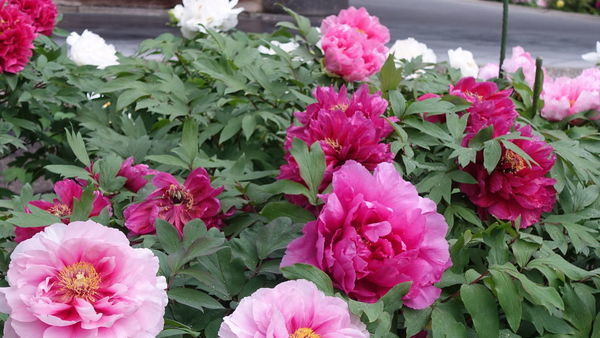













Comments
Log in or create an account to post a comment.
Sign up Log in